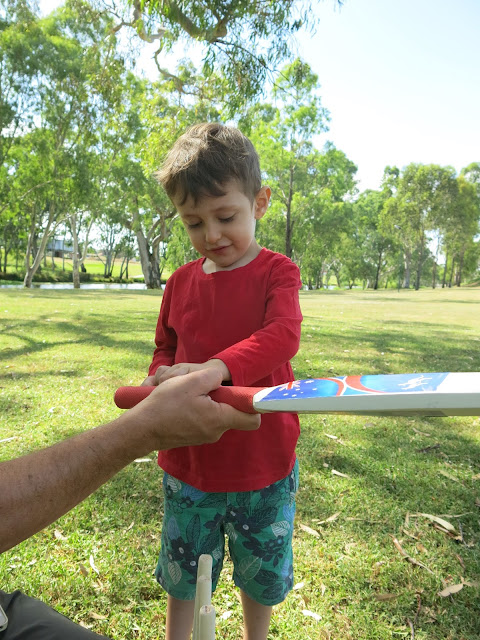This year I am aiming to read one book a month, so about 12 books over the course of the year. What counts as a "book"? This year I am aiming for physical publications of at least 200 pages long, preferably by an author who is not male, white, or from an English speaking country. My aim is to broaden the voices I read, the stories I expose myself to, without aiming for heavy or political or female only books.
So this year there'll be no Torday, le Carre, Powers, and Pratchett - and instead I'll be reading some Angelou, Chang, Achebe, Smith, and Bitto. I will make two exceptions; one for Clancy of the Undertow by Christopher Currie as I've been wanting to read it since it came out; and another one for Cry, the Beloved Country by Paton - given the nature of the book, it has a place on my 2017 reading list (and my brother recommended it and he only recommends good things).
As far as my first book (January) went, I managed 1/3 for Pierre Magnan's Death in the Truffle Wood... It was originally written in French, and, for what it's worth, the translation is fluid and fluent and captures what I imagine truffle farmers and their small village in Provence might be like - well, truffle farmers who happen to live in a village where multiple murders have taken place.
Death in the Truffle Wood (DTW) involves murders, unlikeable characters, infidelity, suspense, a very likeable pig, lost souls, and a very likeable police investigator who is very good at what he does. I don't know how much to say about it, without giving too much away... Magnan has created a small village as the scene for not one but multiple murders, uncovered while a high up police investigator is visiting on a seemingly unrelated task. DTW is easy to read and changes location and actors enough to keep the reader flipping back and forth trying to connect the dots before the police investigator does (good luck!). What I really liked about it was that no character, save the pig, really dominates the narrative and the few who Magnan focuses on to tell it, do so without overwhelming the book.
For fans of Midsummer Murders, this is a bit like the TV show, only as a book and set in France. I found it entertaining, almost lighthearted, engrossing and definitely light reading. Thanks to DTW, I can now solidify the realisation that my enjoyment of crime TV should be mixed with my love of reading and I will seek out similar books - there might be some Agatha Christie around here later in the year... But it wasn't the first book that caught my eye this year, The Taxidermist's Daughter by Kate Mosse was - both books were on display on the "new fiction" stand at the library (neither are really new by any means, except perhaps to the library itself), and while the Taxidermist's Daughter caught my eye because my brother is dating a taxidermist (I know!), both books were definitely worth taking home.
Set in Sussex in 1912, the story centres around Connie Gifford, the daughter of a once celebrated taxidermist turned drunk, and while he might be the person people ask to prepare specimens it is his daughter who does the actual taxidermy. As taxidermy was not considered a 'woman's' profession they had to keep this detail of their lives secret, which is made easy as they live outside of the village and almost on the sea marshes. Much of Connie's past is secret to her, as she lost her memory after falling down a flight of stairs 10 years before the story begins. The story starts as their lives start to unravel after a mysterious midnight graveyard visit, then the body of woman is found in the reeds near the house and Connie's concern for the woman and why she was murdered is matched by her concern for her father, who has not left his room since visiting the graveyard. As Connie tries to get to the bottom of these two issues, prominent men are disappearing, household items have been misplaced, secrets from Connie's past are surfacing, a spring storm is brewing, and WW1 is two years away - what sorrows there are in the book are unmatched by the sorrows to come.
Mosse's use of the creative licence, names, and formal terminology make this book a thing of beauty, even if the subject matter is a little hard to stomach at times. I really enjoyed it and had trouble putting it down. What the book lacks in meeting my criteria for 2017, it makes up for in a strong and caring female lead, a woman seeking vengeance in a time when the wrongs done to her would have been shrugged off or outright dismissed, and a reminder that women's rights and voices have come a long way in 100 years, even if there is still so much more to do.
Mosse is now firmly on my radar of authors to read more of, but Labyrinth will have to wait for next year, because I'm only averaging 1/3 of my criteria for 2017's reading list - although I've just started On Beauty, which meets 2/3 criteria.
Happy reading!



































